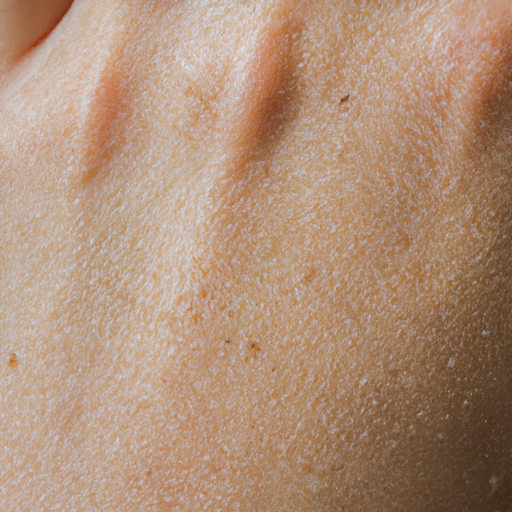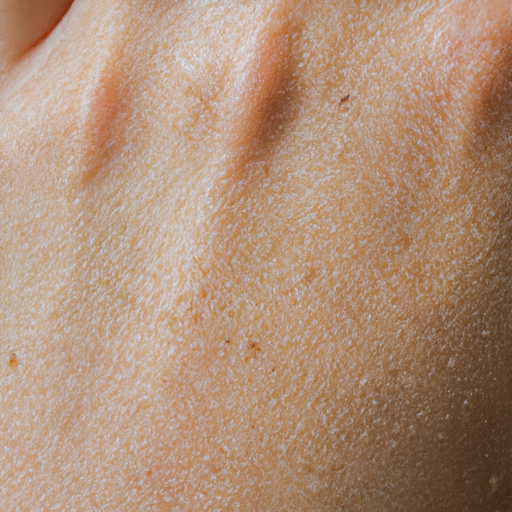As a medical professional, I have encountered countless patients suffering from dry skin. This common condition, while not life-threatening, can cause significant discomfort and distress. It can be a symptom of more serious underlying health issues or simply a result of environmental factors. In this article, we will delve into the secrets of diagnosing and treating dry skin.
Dry skin, medically known as xerosis cutis, is characterized by a lack of moisture in the skin. It manifests as rough, scaly, or flaky skin that may itch, crack, or bleed. It can affect any part of the body, but it’s most commonly found on the hands, arms, and legs.
The diagnosis of dry skin begins with a thorough medical history and physical examination. As a doctor, I ask patients about their symptoms, lifestyle habits, and any underlying health conditions. I also examine the affected areas to assess the severity and extent of the dryness. In some cases, additional tests may be necessary to rule out other conditions such as eczema, psoriasis, or thyroid disorders.
The causes of dry skin are diverse. It can be due to environmental factors such as cold or dry weather, excessive washing without moisturizing, or using harsh soaps or detergents. It can also be a side effect of certain medications or a symptom of underlying health conditions like diabetes or kidney disease. Aging is another factor as our skin naturally loses moisture and elasticity over time.
Once we’ve identified the cause of your dry skin, we can then tailor a treatment plan to address it. The cornerstone of dry skin treatment is moisturizing. Regular use of moisturizers can help restore the skin’s natural barrier and prevent moisture loss. Look for products that contain ingredients like hyaluronic acid, ceramides, or glycerin that are known for their hydrating properties.
In addition to moisturizing, it’s also important to protect your skin from harsh environmental factors. This might mean wearing gloves when doing dishes or laundry, using a humidifier in dry climates, or applying sunscreen before going outside. You should also avoid hot showers and baths, which can strip the skin of its natural oils, and opt for gentle, fragrance-free soaps and detergents.
In some cases, prescription medications may be necessary to treat dry skin. Topical corticosteroids can help reduce inflammation and itching, while retinoids can help improve the skin’s ability to retain moisture. However, these medications should only be used under the supervision of a healthcare provider as they can have side effects.
If your dry skin is a symptom of an underlying health condition, treating that condition may help improve your skin. For example, if your dry skin is due to diabetes, managing your blood sugar levels may help. If it’s due to a thyroid disorder, hormone replacement therapy may be beneficial.
In conclusion, dry skin is a common condition that can cause significant discomfort. However, with a thorough diagnosis and personalized treatment plan, it can be effectively managed. If you’re struggling with dry skin, I encourage you to seek medical advice. Your skin is the largest organ in your body and plays a crucial role in protecting you from external threats. It deserves your care and attention.




